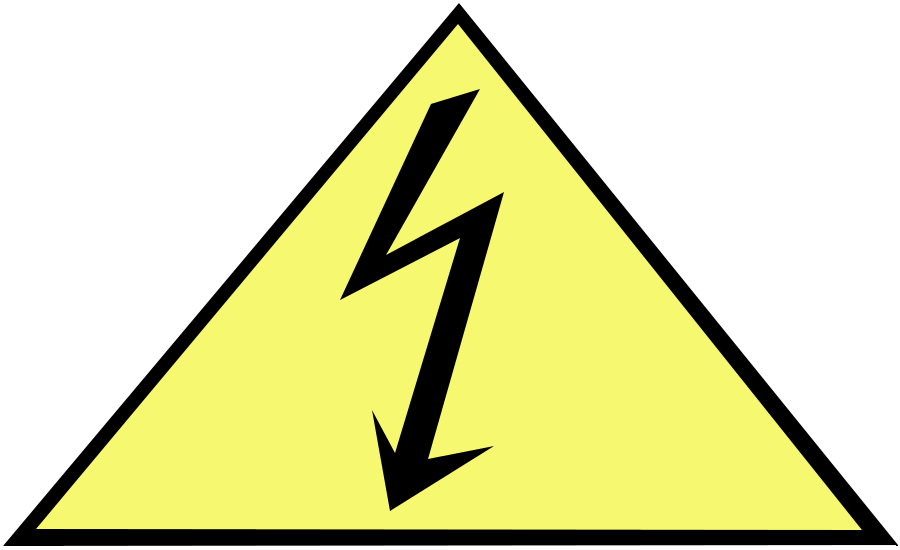Federal regulators’ adoption of industry consensus standards shows their desire to keep up-to-date with worker safety risks posed by electricity, including highly dangerous arc flashes that cause thousands of burns each year, according to Business Insurance, a bi-weekly magazine and daily news website.
While the rules OSHA adopted April 1 apply specifically to energy and utility companies, OSHA has encouraged all businesses to abide by the best electrical safety practices amid gains in research and improvements in protective gear.
The "fatal four"
Particularly for construction, electrical injuries are among the industry's “fatal four” that caused more than half of construction deaths in 2013, according to OSHA’s website.
Arc flashes, which the Workplace Safety Awareness Council said cause about 7,000 burn injuries a year and hospitalization costs ranging from $200,000 to $750,000, happen when electrical current travels through the air from one conductor to another or to the ground.
“When you comb through (Bureau of Labor Statistics) data, you find that it is often people who are not trained as electricians who are getting hurt. It's often janitors or maintenance people. These are folks who had no idea what the danger truly is,” said Brett Brenner, Arlington, Virginia-based president of the Electrical Safety Foundation International, in the Business Insurance article.
Several factors can cause an arc flash and the results can be deadly.
Among the standards modified by OSHA are wider use of personal protective equipment and clothing.
More broadly, the agency is citing failure to abide by industry consensus standards, such as Section 70E of the National Fire Protection Association's National Electrical Code, in enforcement actions against companies in all sectors, experts say. Companies can face OSHA penalties of $7,000 for each serious violation and $70,000 for a repeated or willful violation.
Rules can quickly become obsolete
Tim Healey, Hartford, Connecticut-based director of safety at the Hartford Steam Boiler Inspection & Insurance Co., told Business Insurance that OSHA's embrace of the consensus standards tacitly acknowledges that the public rule-making process has become so lengthy that the rules can quickly become obsolete. He said industry standards are more readily adaptable to evolving risks.
“OSHA has been consciously trying to do more with regulations, by having them more up-to-date and not going through the traditional public rule-making process, but rather taking advantage of industry-drawn and proven consensus standards,” Mr. Healey said in the article. “Employers will now look at these consensus standards as both best practices as well as something they will have in case they have to deal with OSHA.”
Titled “Electrical Safety in the Workplace,” Section 70E lists actions employers can take to minimize the risk of working with live electrical equipment. The steps include creating a safety program with defined responsibilities, calculating arc flash hazards for relevant equipment, providing appropriate personal protective equipment to employees, training workers on arc flash hazards and safe work practices, and labeling equipment that poses an arc flash risk.
35,000 degrees Fahrenheit
Mr. Brenner said the need to educate workers is especially true about arc flash, a sudden explosion of electricity that can reach up to 35,000 degrees Fahrenheit and inflict often-lethal injuries to anyone within several feet.
“Arc flash is just now being understood,” Mr. Brenner said in the article. “It's only recently that we've been able to slow down the video enough to realize what's really happening.”
Foremost is ensuring that people who work with live electrical equipment have the proper gear, such as rubber gloves, shoes, visors, fire-resistant shirts and pants, and even full-body suits.
Nonetheless, getting workers to wear flame-resistant protective gear can be a challenge, especially in warm climate, Mike Hyland, Arlington, Virginia-based senior vice president of engineering services at the American Public Power Association, told Business Insurance.
"You might kill him"
“A few years ago, if you tried to make a lineman wear FR clothing in summer in Louisiana, you might kill him,” Mr. Hyland said. “However, the materials and types of threads used to make flame-resistant clothing have gotten better and better. They are now lighter, but still hold up well to arc flash.”
Given the protective gear advances, Mr. Hyland said in the article that many companies in the utility industry have adopted policies that exceed safety regulations.
Source: www.businessinsurance.com



